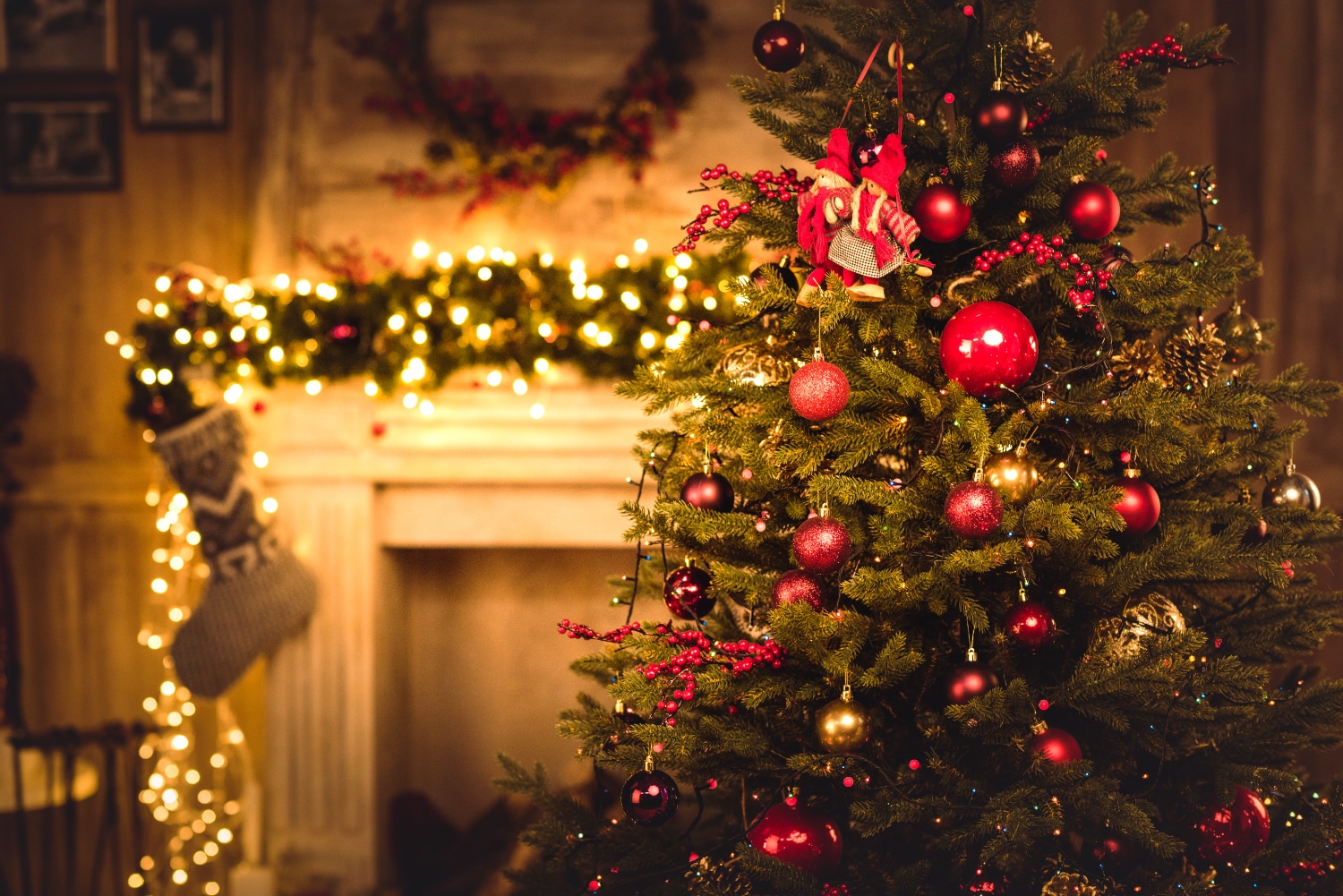What are seasonal pages?
They are parts of your website that only exist for certain parts of the year. Christmas, Easter, Black Friday, January Sales etc.
What makes them different from any other pages on your website?
Well, they’re a bit fly-by-night. You launch them, Google indexes them, but by the time they start earning SEO trust and rankings, they’re gone again. For many ecommerce stores, it’s a case of starting from scratch every year. A surprising number of stores actually use a different URL as well each year. For example, /xmas2020 or /blackfriday20.
Is having a different URL necessarily a bad thing?
I can understand why people do it. Christmas 2020 sounds fresh and new, but just like a cheap stocking filler at Christmas, you end up throwing the URL away by New Year’s Eve and it just doesn’t have time to earn any value.
Search engines take time to trust your URLs. They always have done. It’s why they struggle so much with indexing and showing results for social media content because it’s only really valid and useful for a matter of days, or even hours. They don’t like you trying different SEO tweaks as well (eg. every few minutes) because they think you might try to backwards engineer their algorithm. So everything takes time with SEO.
Plus nobody really wants to be talking about Christmas until October/November time. So the links coming into your pages go live really last minute and that new URL doesn’t have time to accrue enough value. So it’s basically like a perfect storm of SEO fails.
So how do we get around this? What would you do instead then?
Design seasonal pages into the permanent site structure from the very beginning of creating your ecommerce website. And if your online store already exists, then just make sure that they have a place in your site structure.
Use the same /christmas or /sale URLs every single year and each year that you use them, the URLs will accrue more and more links and value. And as it builds up over a number of years, you’ll find that you’re actually ahead of the game. You’ll be in front of your competitors from day one of your Christmas sale launching, or your festive page going live. Your competitors are probably using the old tactic of different URLs or taking their URL offline afterwards. Whereas you’re ready to go from day one.
What if you have more than one sale on each year?
As long as your sales don’t overlap, I would stick to a single /sale URL for each one of those sales, but I guess Black Friday is an exception. People are used to seeing /blackfriday URLs and think that there are also better discounts on Black Friday than on any other sales. There’ll be looking out for signals that you have a Black Friday event. Also, the content will tend to be quite different for Black Friday. There will be a lot of searches around the term, rather than just “Sale” as a term. Also, the technology for your Black Friday page might need to be different as well. A lot of retailers have a time-limited offer, where there’s a countdown for when that product’s discount ends. So you might not be able to have it on a standard sales page.
So just try having as few variations as possible for the seasonal and Sales pages, because each one of these variations needs its own links, authority and PR strategy behind it, in order to achieve good results in SEO.
For /christmas and /blackfriday, really spend a lot of time on the content. Make it as captivating and keyword-rich as possible because you can have these pages for a long time.
Do you take the page down until next year?
Actually no – people are always looking for a bargain. You get people searching for Black Friday deals in July even, and you don’t want Google to forget about the URL. Otherwise, it will take them time to index it again. You might have links going into it, but if the page 404s (Page Not Found) or 301 Redirects, it’s going to take days or even weeks before that page gets back into Google’s index because they think the page is either down or no longer exists.
Even if you don’t have any products on sale, the page could be a huge revenue earner for you, when the sale or season is over. Just keep up that page, keep that beautiful new content up there as well. Just replace the product listings with a newsletter call to action. Tell people that they’ll know about the next sale or festival event an hour before anybody else, for example, or free delivery on sale items. Perhaps a further discount or another perk – any reason for them to enter their details. Then that is a very valuable thing you’ve got there. You’ve got a keen user who’s desperate to buy from you during the sale. And you can almost guarantee that they’ll buy something when your next sale launches.
So when you do have this email list, don’t ever spam it. You need those subscribers to still be there when the next sale comes around. So many retailers, once they get an email address, send an email every day or every week, and the person will just unsubscribe before the next big event happens. So maybe segregate these people into a different list or audience, only keeping them updated about your next sale – never over email them. If you do it right, and you have a well-designed page for this and a well-designed email as well, there’s so much revenue you can make out of it.
Are stores on Shopify able to use this technique as well?
Good question. It’s harder, but it’s still possible. You can get email providers such as MailChimp that will give you some JavaScript code to put on your website. What that does is create a popup which goes over the top of your page and allows you to then collect email addresses. So you could keep the seasonal page up on Shopify, remove the products from that category (or collection as they call it there) and just have this popup occur. Now, some email providers don’t allow you to specify which pages to show the JavaScript pop-up on. So you can actually use Google Tag Manager and tell it to only execute this piece of Mailing List code on specific pages. So you’re able to have this pop-up cover what is basically a blank category page, telling people that there’s no sale on at the moment, but you can email them as soon as your next sale launches.
Can you summarize everything up for us?
Sure. So just use a one or a few fixed URLs for your seasonal pages, such as /sale, /christmas, /blackfriday and reuse those URLs every year. Each year, they’ll get more and more value.
Don’t take the pages down after the sale ends – keep them live and also keep the content up. Just swap out the products for a newsletter Call To Action, or use a provider such as MailChimp to create a modal popover on that page. Do this and you’ll build a valuable mailing list and have evergreen powerful landing pages. They’ll keep getting more powerful every year. They’ll also start ranking before your competitors do.




